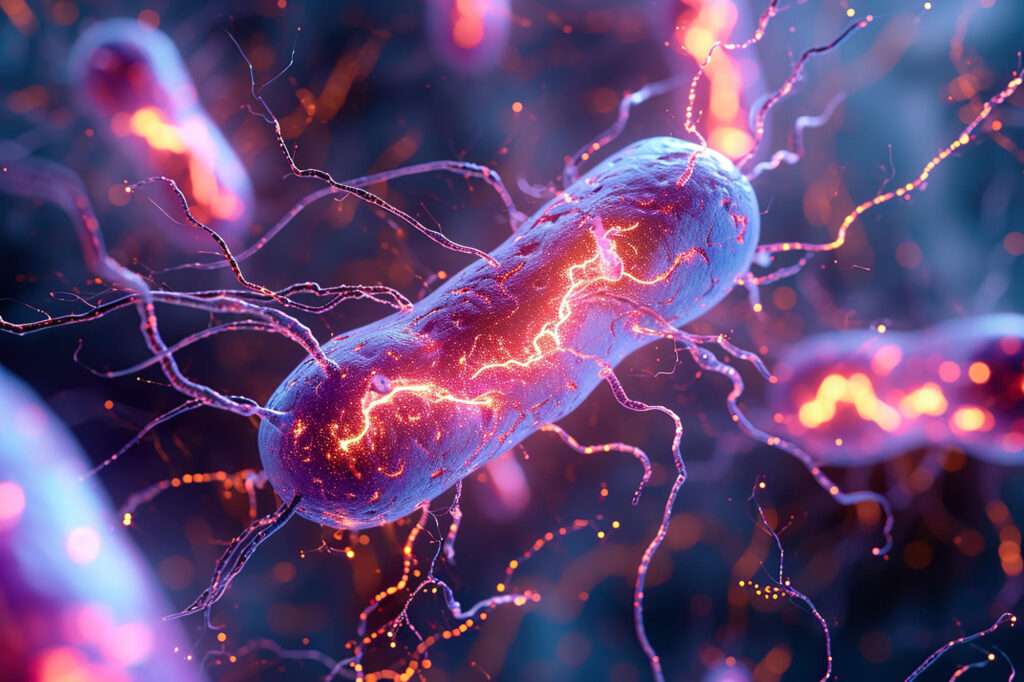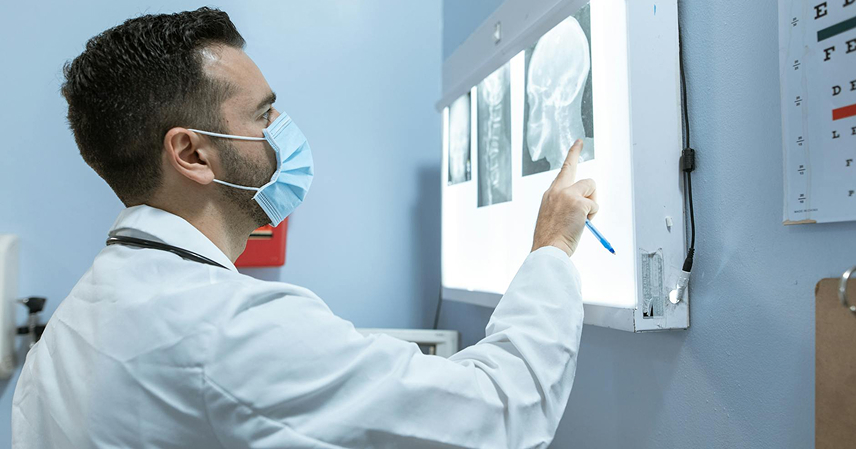Scientists have unveiled a remarkable new species of bacteria capable of generating electricity through a unique metabolic process described as ‘breathing’ by transferring electrons directly to external surfaces. This pioneering discovery, revealed by a team of microbiologists and bioengineers yesterday, could pave the way for revolutionary advances in renewable energy and environmental technology.
The bacterium, isolated from deep sediment layers in remote aquatic ecosystems, defies traditional concepts of respiration. Unlike most organisms that use oxygen to metabolize energy, this microorganism employs extracellular electron transfer (EET), effectively producing measurable electrical currents as a byproduct of its metabolism.
“This discovery challenges the boundaries of what we understand about microbial respiration,” stated Dr. Eleanor Hughes, lead researcher at the Institute of Microbial Innovations. “These bacteria literally ‘breathe’ electricity, a process that could be harnessed for sustainable energy generation.”
Experts believe this breakthrough holds potential for the development of microbial fuel cells (MFCs) or bio-batteries, devices that use bacteria to convert organic matter directly into electrical energy. As global demand for clean energy surges, such biological systems could provide an eco-friendly alternative to conventional power sources.
Dr. Sanjay Patel, a renewable energy specialist, commented, “If harnessed effectively, this biological phenomenon may complement solar and wind technologies, especially in environments where those options are limited.”
The research team employed sophisticated electrochemical techniques and electron microscopy to analyze the bacteria’s electron transfer mechanisms. The bacteria’s cell membranes contain specialized conductive proteins that facilitate electron flow, allowing the microorganism to sustain itself while generating electricity.
Beyond energy applications, this bacterial process may offer solutions for bioremediation, accelerating the breakdown of pollutants in contaminated soil and water through electrically driven metabolic activity.
Published in Nature Microbiology, the study highlights the bacterium’s genetic makeup and environmental conditions conducive to this unusual respiration method. Researchers caution that further investigation is necessary to optimize bacterial electricity production and assess its viability for large-scale use.
“We are exploring genetic enhancements and microbial partnerships to maximize output and stability,” Dr. Hughes added.
This discovery marks a significant leap forward in bioelectrochemistry and renewable energy research, demonstrating nature’s untapped potential for innovation. As the world seeks sustainable solutions to climate and energy challenges, electricity-generating bacteria may emerge as a vital component of future green technologies.



